Introduction
In a modern age of growing cities, the air inside our houses has been transformed into an unrecognized environment with serious health consequences. Surprisingly, these places that are supposed to protect us are, in fact, full of chemicals and toxic substances you cannot see with your eyes, yet you can still feel their damaging effects. What if the answer to this modern challenge could be as simple as a few houseplants in your house?
Indoor plants are not just for their beautiful appearance but also provide the amazing capability to purify the air inside our homes, thus turning them into protectors of our indoor environments. The seamless addition of houseplants as part of the senior activities ideas brings a tranquil and interactive advantage to one’s life, allowing the act of gardening to become something shared by the community and bringing the colorful beauty of nature inside.
Take a trip among the ten best household plants for enhancing indoor air quality. This book is not just a dry read—it's a journey towards making your home a better, more welcoming environment, one plant at a time.
Moving on to the first plant:
1. Spider Plant (Chlorophytum Comosum)
Enter the Spider Plant, a resilient and easy-to-care-for green ally in the fight against indoor air pollutants. Known for its variegated leaves that dangle like spiders on a web, this plant is a champion at removing toxins such as formaldehyde and xylene from your living space. What makes the Spider Plant particularly appealing is its simplicity in care; thriving in indirect sunlight and requiring only occasional watering, it’s a perfect first plant for beginners or a low-maintenance choice for the seasoned gardener.
While the benefits continue beyond air purification, Spider Plants are prolific at producing offshoots, offering a delightful way to propagate new plants and share them with friends and family. Imagine the joy and sense of community in exchanging these natural air purifiers, creating a network of healthier homes. Plus, for seniors looking for easy and rewarding activities, the Spider Plant provides an excellent opportunity to engage with nature, offering a sense of accomplishment and connection to the environment.
Now, let's explore the Snake Plant (Sansevieria trifasciata), a natural wonder with an architectural flair.
2. Snake Plant (Sansevieria trifasciata)
Snake plant Sansevieria trifasciata is very beautiful and capable of doing style in your indoor space. Its stunning, upright leaves command attention and blend easily with any home or office décor. But beauty apart, it has stronger air-purifying powers. The snake plant can have the power to erase toxic stuff like benzene, formaldehyde, trichloroethylene, and xylene. It is a guardian of a healthy living place.
But most interestingly, the Snake Plant is outstanding. First, it can give off oxygen at night, thus ideally placed in a bedroom for fresher air and quality sleep. It is a natural choice for anybody looking forward to adding quality, not just to his quality of sleep, but also to his quality of life through greener, cleaner air.
Plant care is pretty simple, so it would be suitable for those who have never had a garden before and those with a hectic lifestyle. Thrives on neglect, prefers dry conditions, and may grow under various light settings from low to bright without getting direct rays.
The Snake Plant needs conditions that are very hardy and require very little care. It is ideal for someone who wants "greenery without the care" in the room.
But when you bring a Snake Plant home, you do much more than that. You’re creating a healthy and vibrant living space, caring for life, and purifying the air with that beautiful splash of one of nature's greatest resilience.
We are now introducing the Peace Lily (Spathiphyllum), a beacon of purity and calm.
3. Peace Lily (Spathiphyllum)
The peace lily rises with its glossy, full foliage and lovely white flowers. It is serenely and elegantly armed to be a powerful ally in beautification and, more importantly, purification of the surroundings. Being a powerhouse in plant form, this plant quickly removes common harmful toxins like ammonia, benzene, formaldehyde, and trichloroethylene from your surroundings. It does more than clean the air; it fills up spaces with a very peaceful and elegant air that would be best for those attracted to the aesthetic appeal of a healthier living environment.
Remarkably, the peace lily plant is adapted to low lighting. It comes into its own as the apt plant to have within the abode or office space in the areas that are not well-lit from the sun, letting even the darkest corners of a room purify themselves and look beautiful.
The same goes for the Peace Lily: It is equal to the ease of taking care of it and its stunning beauty. It does well in moist soil, requiring only water when about one inch of the surface dries up. It exhibits the kind of elasticity that, if you forget to water it, droops to remind you but perks up with rehydration. Its forgiving nature makes it perfect for any companion, be it the experienced green thumb or even the novice in plant care.
Even if the Peace Lily provides the advantage of air purification through its contributions, it adds value to indoor well-being since it naturally hydrates the air. This plant contributes even in seasons when dry weather conditions predominate, relieving complaints about dry skin and respiratory problems. Indeed, this is ideal for seniors or anyone else looking for garden tasks that are pleasing and low in effort but just right for visual beauty, health benefits, and easy care.
Let us now experience the green beauty of Boston Fern (Nephrolepis exaltata) as an element of nature’s freshness.
4. Boston Fern (Nephrolepis exaltata)
The Boston Fern, one of its kind known by characteristics of having luxuriant fronds with feathery abundance, makes it a great moistener by nature, effective in purifying pollutants like formaldehyde, xylene, and toluene from the air; this is very critical for proper air quality improvement. Despite functionality, the splendid greenery adds an aesthetic quotient that upgrades any space to great charm, thereby bolstering health and beauty in your living environment. It is greatly appreciated for functionality in regions with dry air, as it brings out moisture to increase room humidity naturally.
It will do best in cool spaces with high humidity and indirect sunlight and do very well in settings such as the bathroom or kitchen where natural humidity is available. However, a little care goes a long way, as this plant is adaptable almost everywhere. Regular misting makes it feel like the ideal humidity at which most other houseplants thrive when in different areas of the home. But though this fern does take a bit more careful watering to keep the soil perfectly moist and not waterlogged, its efforts are more than redeemed in air purifying and visual interest.
The Boston Fern is a fine choice for someone bringing home a plant but striving for better-quality air. Its maintenance also gives an exhilarating gardening experience and fits perfectly for seniors or anyone who finds this low-impact activity rewarding. Caregiving through normal misting and regulating soil moisture will mature into a habit that strengthens your bonding with nature and will help make your indoors a better and less stressful resting place.
On the other hand, the Boston Fern represents itself as a natural decorator, bringing a little wild into an easy way of refreshing homes, offices, and any inside area. In our constant effort to merge aesthetically with health dividends, the Boston Fern grandly maintains the depth of indoor plants’ impact on bettering our quality of life.
Today's houseplant hero: Bamboo Palm, an elegant air-purifier that brings a tropical essence to any room while working hard at cleaning our air.
5. Bamboo Palm (Chamaedorea seifrizii)
Its lush leaves and classy fronds, characteristic of bamboo palms, make it an outstanding filter for hazardous toxins like benzene, trichloroethylene, and formaldehyde. This plant will clean your living space and add a tropical vibe so that every room will feel alive and fresh. Best in low light, it will grow particularly well in a corner of the home, receiving little light and screaming for some green.
Easy to care for, give a Bamboo Palm moist soil and regular watering, and forgetfulness will be forgiven. Its preference for indirect light makes it one of the great choices for indoor plants since it can add a significant amount of humidity to the air to improve indoor air quality.
The Bamboo Palm is an ideal option for healthier and more inviting interiors. It is preferred by all plant lovers who want easy-to-care-for plants and love the tropical ambiance it provides. The Bamboo Palm requires little care and gives an impression to many plant lovers who like putting a natural air purifier in a home with little maintenance.
Now, let's explore the world of the rubber plant—another great air purifier that adds a statement to your indoor decor.
6. Rubber Plant (Ficus elastica): Finding Beauty in Practicality
With its large-scale and glossy leaves, The Philippine rubber plant makes an attractive decorative item indoors and purifies the air. Its great removal ability is required mostly in spaces where formaldehyde is found, such as home cleaning agents and furniture. This plant conveniently captures and deconstructs the contaminants, with the fresh oxygen recycled back into the house, thus making the tree an efficient natural air purifier.
Caring for a Rubber Plant is relatively easy, making it suitable for novice and experienced plant owners. It loves indirect light and the soil, which should be moist only occasionally. The plant enjoys the dry state of the soil between the watering sessions. Given its low maintenance regime regarding care, the Rubber Plant is a sensible choice for those seeking to enhance their home's air quality without having to dedicate too much time to plant care.
The Rubber Plant is not just beneficial for its air-purifying role; it is also a great addition to the aesthetics of any space. Its robust look and green leaves perfectly complement the minimalist or eclectic decoration style. For people who wish to have both green spaces and combat air pollution inside their house, Rubber Plants are their best match for these factors.
In addition, we will discuss aloe vera next, which is popularly known for its therapeutic properties and capacity to enhance indoor air quality.
7. Aloe Vera (Aloe barbadensis miller)
Aloe Vera is not just a plant with medicinal benefits; it's also an effective indoor air cleaner. Aloe Vera is top-class and fantastic with its succulent-style design, targeting toxic performers like benzene and formaldehyde, usually found in household products and paints. That is to say, it gives a natural indication of air quality, hence the fact that brown spots on leaves become evidence of large quantities of harmful chemicals in the air.
Caring for aloe vera is straightforward. It thrives in bright, indirect sunlight with minimal watering and is great indoor foliage for—those occupying living spaces, especially those not time-conclusive with plant care. This low-maintenance approach makes aloe vera an excellent choice for improving indoor air quality with minimal effort.
Beyond its air-purifying capabilities, aloe vera offers a plethora of health benefits. Its gel is believed to be useful for cuts, burns, and other skin conditions in a home environment. The aloe vera plant makes the right blend of health benefits, air purification, and ease of care for someone looking to start the journey with indoor plants.
Next, let's examine the charm of English ivy itself. English ivy has been treasured for its ability to purify the air and charming, elegant appearance.
8. English Ivy (Hedera helix)
English Ivy is a timeless beauty that is loved because of its classic beauty. Yet it is also considered one of the best plants for cleaning indoor air. This versatile climbing plant can reduce fecal particles in the air and further filter formaldehyde. That is ideal for a house with health hazards that wants to improve indoor air quality. Its foliage is so dense that it can make your place a thick green sanctuary for both aesthetic purposes and reaping health benefits.
Caring for English Ivy is relatively straightforward, as it adapts well to indoor environments. It can be grown in moderate temperatures, avoiding both sun and shadow. It enjoys the constant moisture from its soil. Whether grown in a hanging pot or allowed to climb around a room with some support, its growth may be controlled to any height by regular clipping and thus maintain the shape of its mass of foliage at any point it might be desired.
This adaptability suits experienced gardeners and those new to plant care.
English ivy and its aesthetics are best for their air purification potential in indoor horticulture. It has a significant effect in places where free air circulation is minimized, such as offices or apartments. If you keep English Ivy within the premises, you do more than furnish your space with some rare decoration; you help raise air quality.
There's next the cheerful and colorful Gerbera Daisy; it's bound to cheer up any room and boasts huge air-purifying powers.
9. Gerbera Daisy (Gerbera jamesonii)
Bringing sunshine into your surroundings, the Gerbera Daisy blooms into your space with bright and cheerful colors. At the same time, it absorbs trichloroethylene and benzene, pollutants from dry cleaning agents and inks, respectively. This vibrant flower does more than add to the aesthetic value of your home; the Gerbera Daisy also adds value to your life by detoxifying your living space.
On the other hand, the Gerbera Daisy is infamous for its finickiness, as it has a reputation associated with it. It flourishes well in well-drained soil and lovers bright sunlight; regular watering will be needed to ensure vivacity does not fall prey to root rot. Paying attention to their details of need is sure to give a home overflowing with flourishing blooms that inject life and color into every nook.
The Gerbera Daisy works twofold, perfect for the green-thumbed enthusiast who wants an enlightening challenge. The flowers bloom and shine; they are indeed bright cheerers and an ideal combination of aesthetic attraction with actual air purgatives.
Let's focus on the Golden Pothos (Epipremnum aureum), which has lush foliage and potent air-purifying properties. It is an easy and obvious way for any gardener to improve the air quality inside the home.
10. Golden Pothos (Epipremnum aureum)
Its vines look like they cascade down with heart-shaped leaves along its length, and it is not only an attractive plant but also a potent air purifier. While best known for screening out most air pollutants, including formaldehyde, benzene, and xylene, it is a perfect and outstanding plant to increase indoor air quality overall. These plants are hardy and excellent examples of those that are easy to tend for, from any beginner in houseplants to someone who wishes for their indoor garden to be relatively low maintenance.
Golden Pothos adapts and is very forgiving. It will survive in either low-light or bright-light conditions and does pretty well in either. It prefers that its soil be dried out between waterings, so feel free to forget about watering it occasionally. Its vines can sprawl long, thus making it a good plant for hanging baskets or a trailing plant on shelves, where the leaves would fall gracefully.
The Golden Pothos offers a perfect solution for people who want to clean the air in their home or office but need more time to care for plants. It brings the beauty of nature and an ever-purifying action in the air that keeps us alive in our living space.
Wrapping Up
Please take one of the most significant insights from our guide to indoor gardening with you as you close the final page: A single plant can do much to tilt the atmosphere of your home toward a cleaner, fresher, more inviting haven. From the calming presence of the Peace Lily to the unyielding character of the Snake Plant, every kind comes with its unique power to transform your living space. With all these indoor plants in your ambiance, you are decorating with a purity of nature and improving air quality with ease and the feel of your place with grace. Why wait? Start your journey to greener and healthier living now. Pick the plants that tell you their story and give them a home to stay in. Let's make our spaces come alive together—one leaf at a time. The path to a more wholesome and invigorated home starts now.
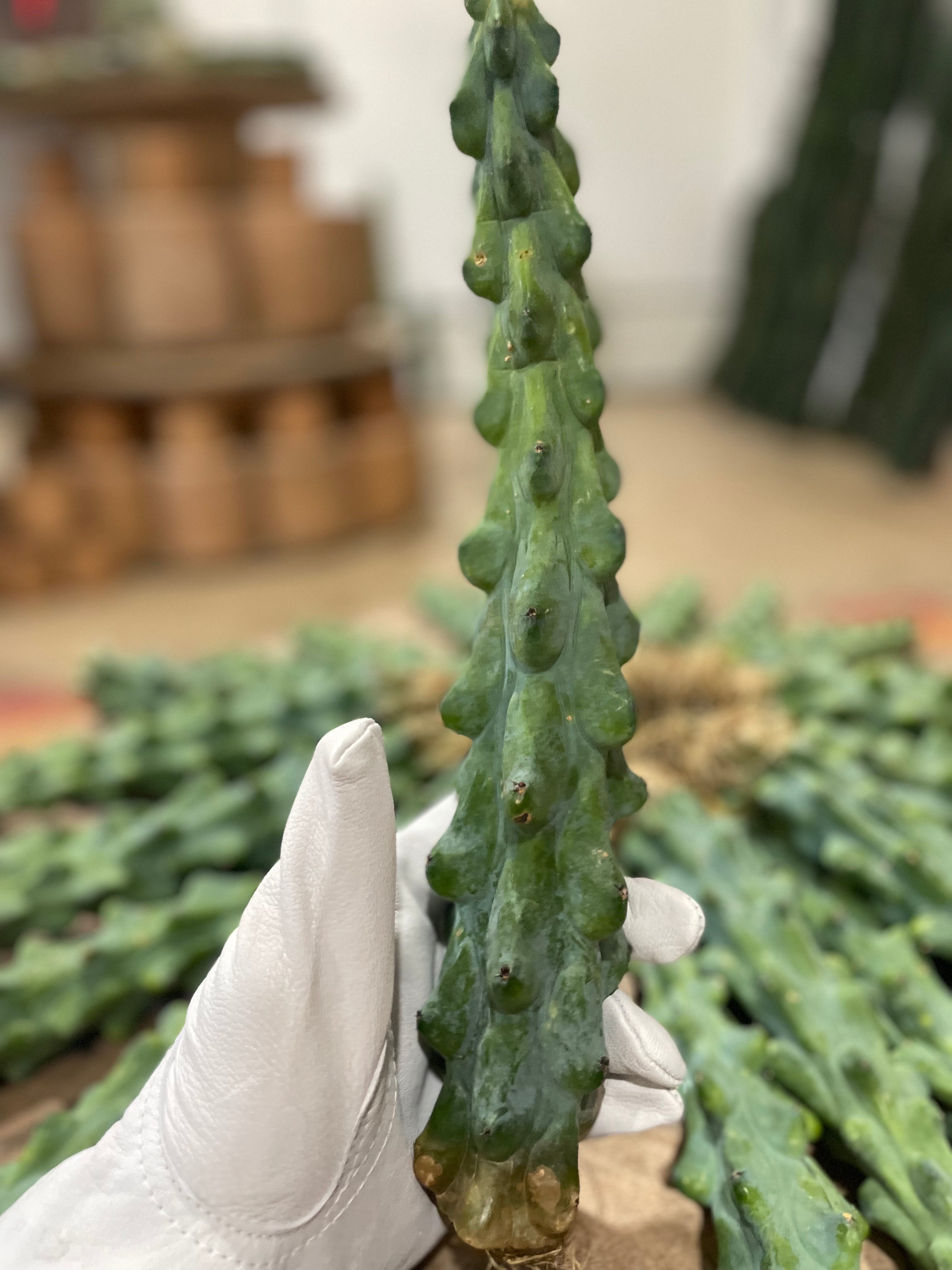
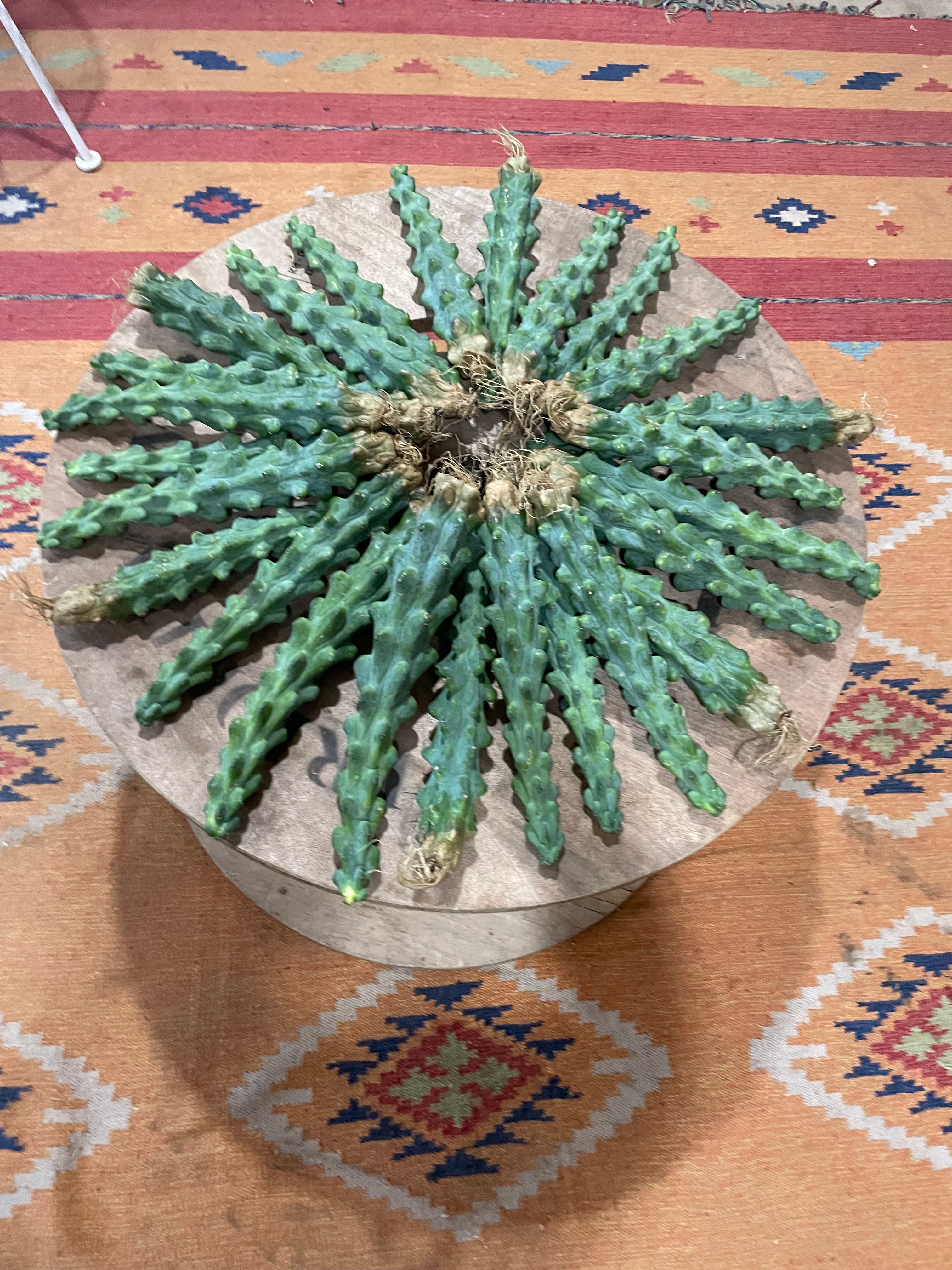
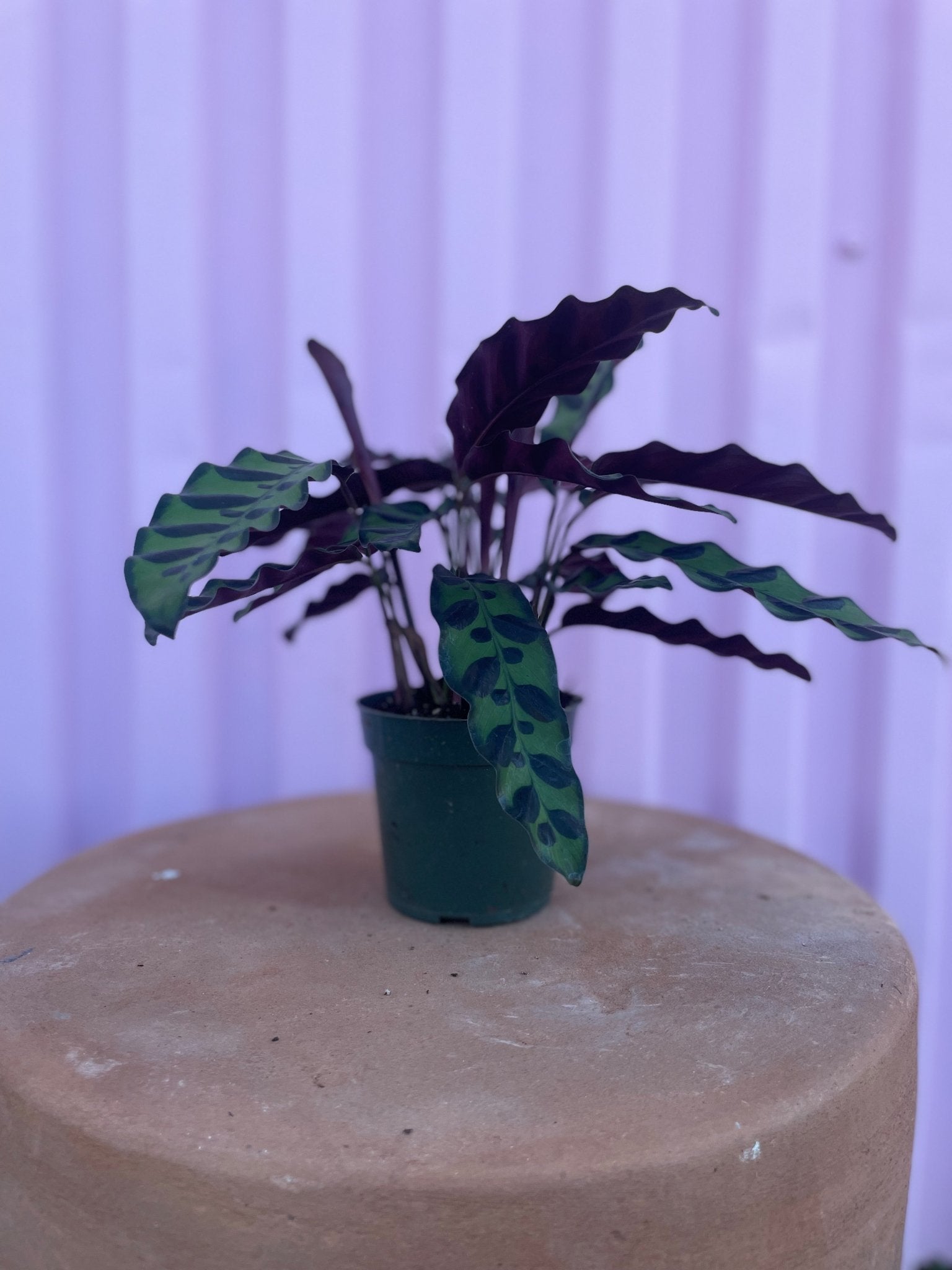
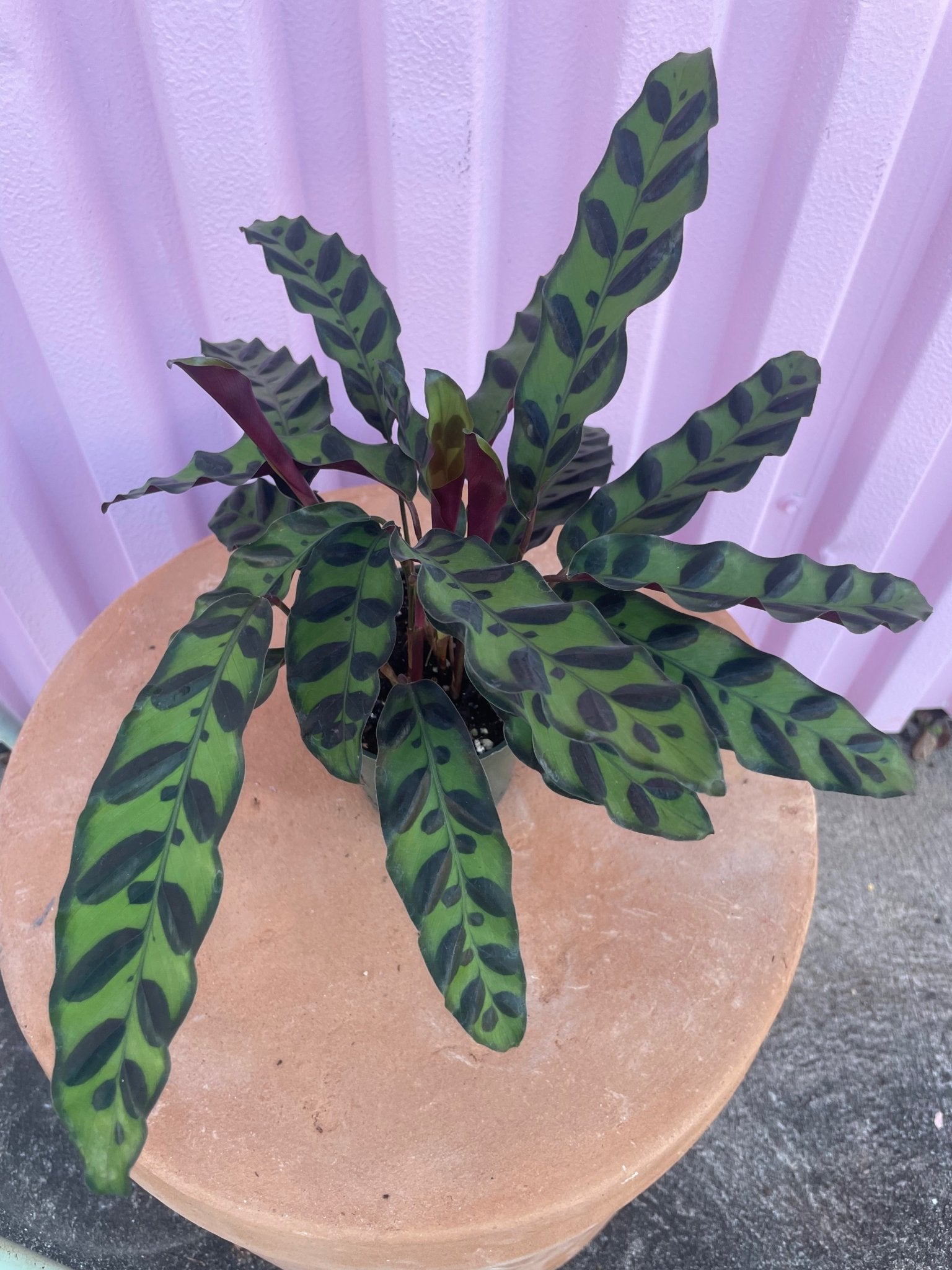


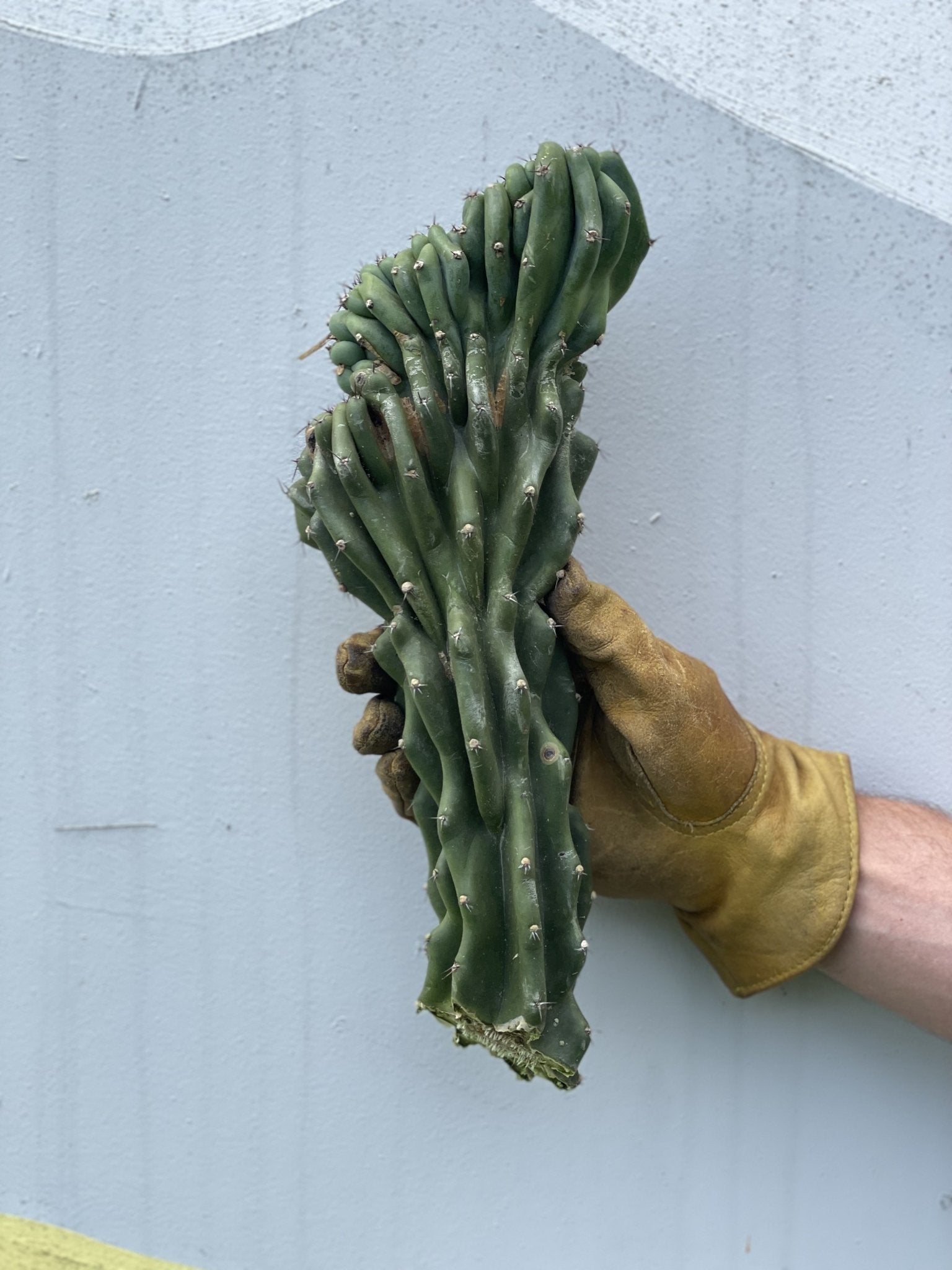
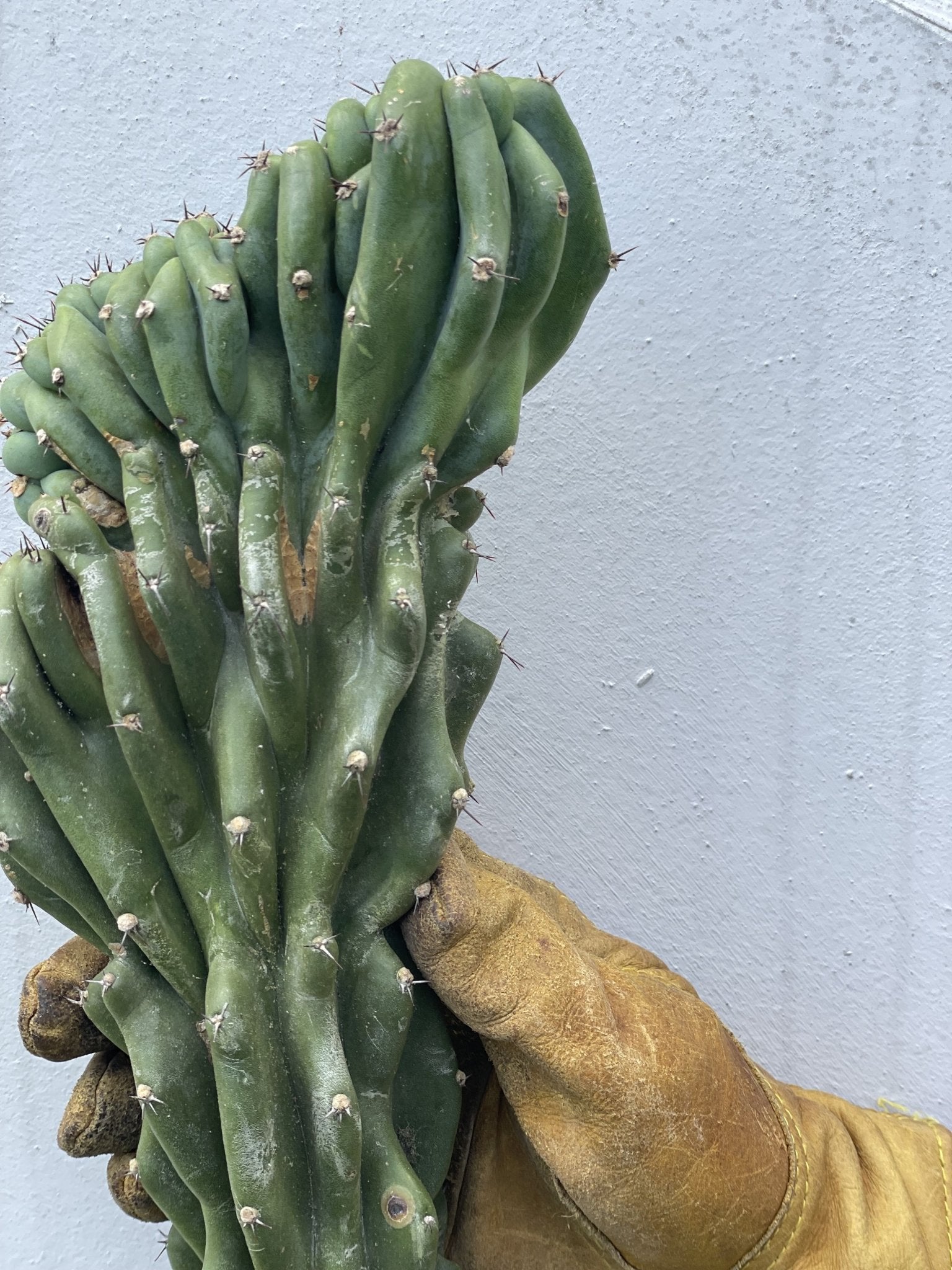


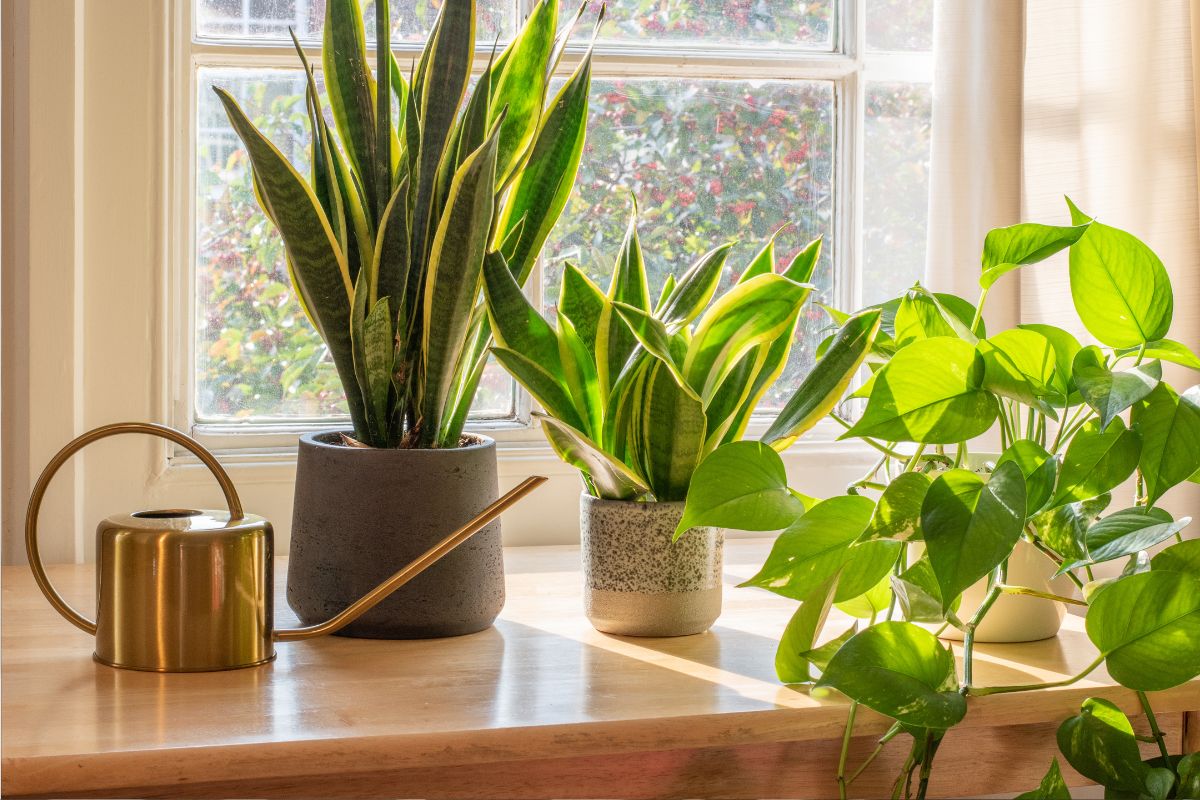
Leave a comment